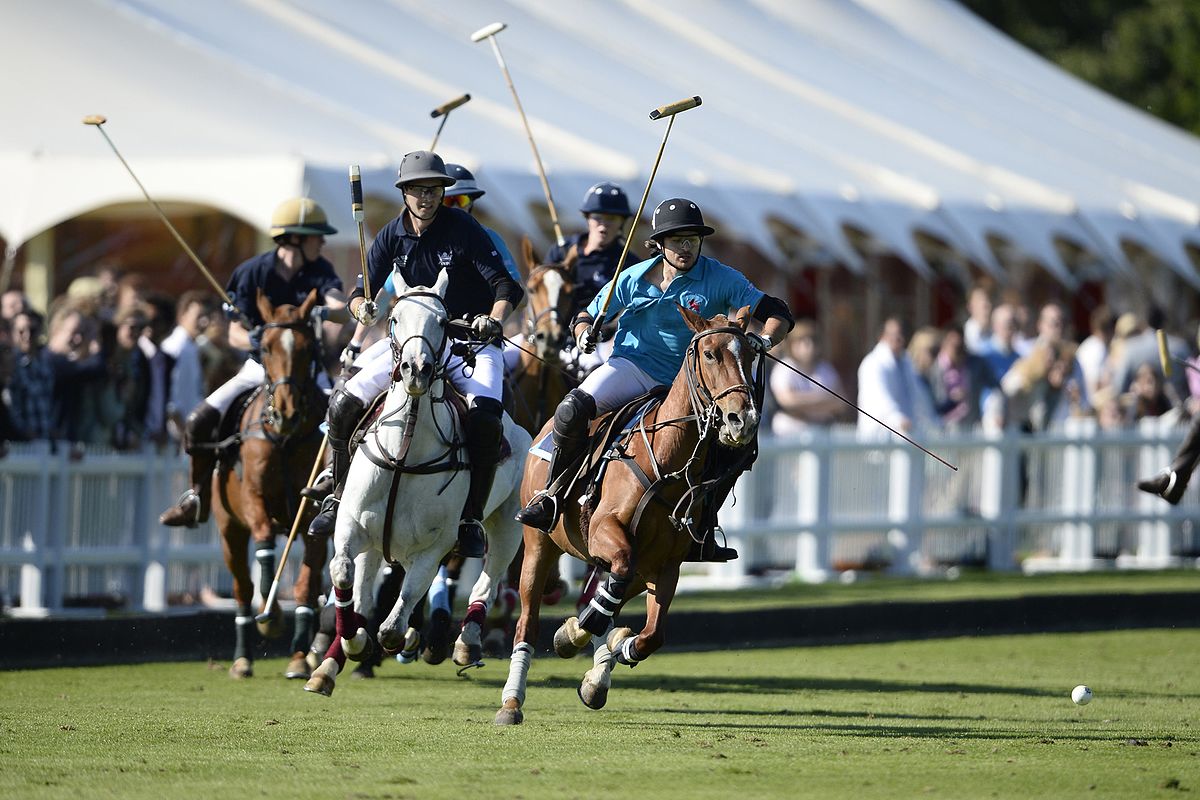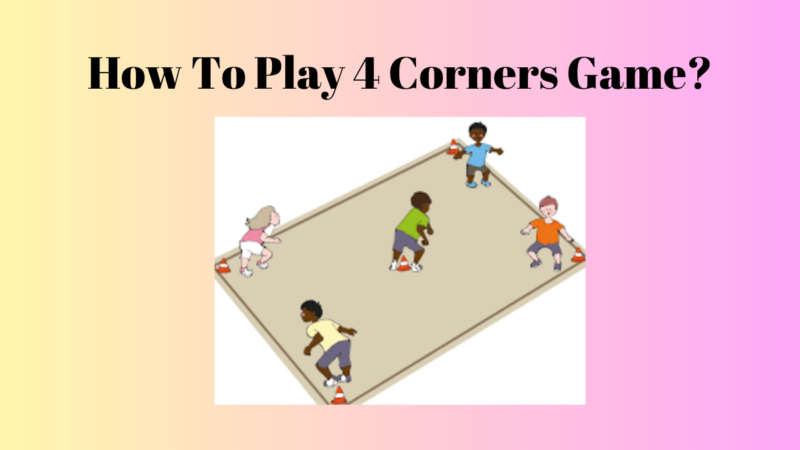Polo: History, Rules, Penalties And More

Who doesn’t love polo? It is a game that most people like to play or watch. But, not everyone knows much about the game; thus, we bring you this article as it is the sport of ‘kings.’ In the article, we will talk about the various aspects of the game like polo rules.
We will also discuss the other aspects of the game, like its history, penalties, and more. This article will be a guide for you that will help you to understand the game well.
We will also tell you about the players and equipment in the article, along with the way to score and win. Thus, this article will be your brief guide for the game of polo. It will help you to play polo efficiently and take your game a notch up.
History
Polo is a team sport that originated in Iran. This is a horseback mounted team game that is loved around the world. Although the game’s exact origins are not known, it likely began as a horseback mounted game that the nomads of Iran and Turkish origin played.
The present form of the polo which people play worldwide is a version of the Persian polo. In time polo became a national sport, and nobility used to play it extensively with their own polo rules. Later the game spread to other parts of the world like India through Muslim conquests.
The origin of the modern polo, which we play is from Manipur in India. When the British invaded India, they also loved the game and adopted it. The first polo club was later established in1833 in the state of Assam in India.
In the later years of the British Raj in India, polo’s game spread to the other parts of the world, and polo rules were formulated. At present, the Federation of International Polo makes rules and is the governing body for the game. Source
Objective Of the Game
In the polo game, the objective is to score more points than the opponents to win the game. In the game, points scoring is done by moving the ball into the other half of the pitch. The aim of moving the ball into the other half is to hit it through the goal to score points eventually.
The team in polo is made up of four members. According to polo rules, the team is made up of two defenders and two attackers, but the players are expected to be flexible. Thus, the players need to play in a way that benefits the team the most and not affix to their defensive or offensive positions alone.
Equipment And Players In Polo
In polo, there are two teams, and each team has four players. Each player in the team has a specific position, which is known by the numbers in their kit. The numbers are marked on the kits they wear.
Players Roles According To Positions & Polo Rules:
Position 1
The player in this position plays offensive. It is like a forward player in hockey or a striker in soccer. The aim of a player in this position is to hit the ball accurately and hard to score a goal. If this player is playing defensive, then they have to look for a player in the number three position from the opposition team.
Position 2
According to the polo rules, the players in this position are there for offensive playing primarily and act as a backup for a player in position 1. If the player in this position is playing defensive, they usually interchange the positions with the player in position 3.
Position 3
This position is one of the most vital parts of the team. It is like the quarterback position in soccer. Thus, the best player of the team occupies position 3. It is vital as it is an attacking position according to polo rules, and the player must be capable of hitting the ball properly.
This player does this by hitting the ball toward the players in positions 1 and 2.
Position 4
The player in position 4 plays defensive according to the polo rules and is there to defend the team’s goal. Although the player in this position also has the offensive role of passing the ball accurately to the offensive players.
Equipements:
Polo Pony
When it comes to the equipment in the polo, the most vital is the horse. The horses which the player uses in the game are bred, particularly for the game. These horses are known as a polo pony.
The players generally need two horses during the game so that they can switch them between the chukkas. According to polo rules, the horses can be either player’s own or can be from the club.
Saddle
This part of the game is vital for players’ safety and the best of the game. The saddle in the game is specific for the game so that the player is able to sit securely and swing the mallet while controlling the horse.
Helmet
This game equipment is essential for player safety as a player may fall down and injure themselves.
Other Pieces Of equipment
- Polo stick
- Knee Guard
- A Ball
Polo Rules For Scoring
The method of scoring in the polo is simple. It is like a soccer game where you have to hit the ball into the goal according to the polo rules. One thing that makes polo different from other games is that teams change the field direction every time a team scores a point.
This is what makes polo different as in other games, change halves at a set time like halftime. It is not clear why this polo rule of changing direction came into effect, but it is thought to be there for players’ good. It is said to be done so that players from a single team don’t have to face sun or wind in the face regularly for long periods.
Polo Rules For Winning
Like any other game, the team that scores more goals at the end of the game wins. If neither of the team is able to score high and the game ties, then another chukka is played, and the team which scores first wins.
If either of the team is not able to score, then again, another chukka is played, and the goal post is made wider. This time again, the team which scores first wins.
Polo Rules
- Polo Field Must be 300 yards long with a width of 200 yards. However, the field can be just 160 yards if the field is a boarded pitch.
- The goal post in the polo must have a width of 8 yards with its top open.
- According to the polo rules, a game must consist of four chukkas, with each chukka having a duration of 7 minutes of actual play.
- The game starts when the umpire in polo throws the ball in the middle of both teams. This is done at the start, and after every team scores, a goal and the game restarts.
- Whenever a goal is done, the teams must change ends so that any weather or ground benefits can be neutralized.
- Players, according to the polo rules, can ‘ride off’ the opposition team members. They can also attempt to move each other away or even take out of the game and can even bump the players from the opposition. Players can also hook the stick of opposition players when they attempt to hit the ball.
- There are two umpires in the polo. These two umpires make decisions with consultation from each other. Though if the two umpires disagree with each other, then they can seek help from the ‘third man’ who is the match referee.
- After a foul from a team, the opposition can be given a free hit in accordance with the polo rules.
- The team that scores the most goals at the end of the game is the winner.
Polo Rules For Penalties
The umpire sets a free hit from a distance for the goal after a foul by any team. The fouls are:
- Automatic Goal
- 30 yards hit towards an open goal post
- 40 yards hit towards an open goal post
- 60 yards hit for a defended goal
- A hit from the place where a foul was done
- If a defending team is attacking from their side half side of the field, a hit from the center of the field is foul.
Conclusion
These are some of the things about the polo and polo rules. In the article, we have explained nearly every aspect of the game, including the penalties.
We have also briefly explained the history of the polo along with polo rules, penalties, and more about the game. You will also find explanations of the methods to score and win in the game.
What are your thoughts about the game of ‘kings’? Do you like it? Please do let us know in the comment box.






